
Which site would you like to visit?
By clicking the retail or wholesale site button and/or using rarewineco.com you are choosing to accept our use of cookies to provide you the best possible web experience.
November 16, 2010
In 1905, an Italian immigrant, Italo Barbieri, planted a vineyard on Olivet Road in Santa Rosa, California. The mixture of varieties can be best described as “Mixed Blacks,” predominantly Zinfandel, but bolstered by an indeterminate number of other varieties, including Grenache and Alicante.
For 102 years, the vineyard produced wine of power and complexity from its mixed vines. It gained its widest fame after 1975, when it was owned by DeLoach who made a superb Barbieri Zinfandel, while selling small lots to other producers. But then, in 2007, the vineyard changed hands again, and the new owners pulled out the old vines to plant Pinot Noir.
Among those who'd been buying Barbieri fruit was Carlisle's Mike Officer. Seeing Barbieri's magnificent old vines ripped out convinced him that something needed to be done to preserve such historic vineyards. He had already lost one early site, Gum Tree Ranch (planted 1900), to a land developer, and he'd nearly lost two others—Papera (1934) and Montafi (1926)—to replanting.
And so in 2010, Mike met with several other producers, and they devised a plan to inventory the state's remaining old vineyards and raise consumer awareness of these viticultural treasures. They formed the non-profit Historic Vineyard Society.
Mike Officer's experiences are of course not unique. In 1990, Ridge's vineyard chief, David Gates, lost a plot of spectacular old Barbera vines at Sonoma's Rancho Pequeño that were pulled out for Chardonnay. About the same time, he lost the Park-Muscatine vineyard on Howell Mountain. And a few years ago, Ravenswood lost its best Petite Sirah vineyard to satisfy the nation's thirst for more Russian River Valley Pinot.
Every decade or two, a new wine fashion sweeps the state, causing the destruction of more old vineyards. In the 1970s and 1980s, Zinfandel virtually disappeared from Napa Valley, replaced by Cabernet, Merlot, and Chardonnay. Not only did the Valley lose its once-predominant grape variety, it also lost a century's worth of genetic adaptation.
But America's thirst for Pinot Noir has been a far greater threat to California's viticultural history. While California wine was relatively small business in the 1970s and 1980s, today it is very big business, and Pinot Noir is seen as the Mother Lode by many in the industry. In fact, Pinot Noir has already surpassed Cabernet in acreage, with up to 2,000 new acres planted annually. Some of these new vineyards have been planted on land new to grapevines, but a depressing number are pushing aside historic vineyards, including some dating from the 19th century.
These early vineyards weren't homogenous like today's; they represented the full diversity of European viticulture. And they were often planted as field blends fine tuned to a particular microclimate.
In warm spots like Dry Creek, Carignane was interspersed to provide extra acidity; in cooler parts of the Russian River Valley, where Zinfandel was on the margin of ripening, Alicante and Petite Sirah added color and weight. Blending was as important as in Champagne and Barolo, but in California the blending happened in the vineyard.
With the passage of time, the composition of these vineyards was forgotten. The Rossi Vineyard that gives Sean Thackrey his iconic Orion is not pure Syrah as some would assume it to be. Like other vineyards of its era, it is Mixed Blacks. In other words, in addition to the Syrah predominating in the Orion blend, an untold number of other varieties contribute to the wine's complexity.
Today, this rich history stands threatened, as one old vineyard after another is ripped out to plant something more profitable. The non-profit Historic Vineyard Society wants to do something about it.
A number of important old-vine producers—such as Carlisle, Bedrock, Turley, Ridge, Ravenswood, and Williams-Selyem—have already joined or made valuable contributions. Key board members also include Jancis Robinson and collector Mike Dildine. And while a statewide inventory of old vineyards and their constituent grape varieties is a high priority, the HVS's most important goal is to raise consumer awareness of the state's oldest vineyards.
The group believes that the best way to protect these irreplaceable vineyards is to increase the value of their fruit so that owners think twice about ripping out the old vines. Unless old-vine Zinfandel and Mixed Blacks can fetch prices rivaling Pinot Noir, many of these vineyards will continue to be under the economic threat of extinction.
It seems crazy that a thrillingly complex blend of 100-year-old Zinfandel, Petite Sirah, Grenache, and Alicante made from tiny yields and at much greater expense should sell for less money than a Pinot Noir from higher-yielding young vines, but that is today's reality. If these vines are to survive, consumers must understand how great these wines are and be willing to pay a premium for the privilege to drink them.
The society has an impressive roster of supporters and a lot of energy, but donations are very important. In addition to continued support of the wines themselves, tax deductible contributions payable to Historic Vineyard Society can be sent to:
Historic Vineyard Society
10464 Fairway Lane
Carmel, CA 93923
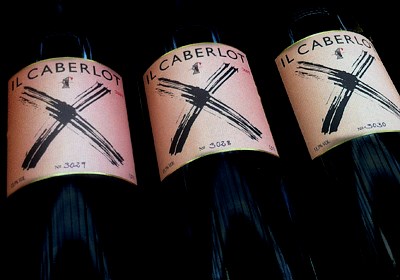
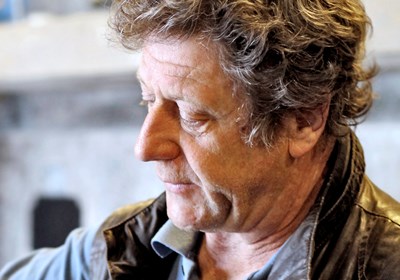
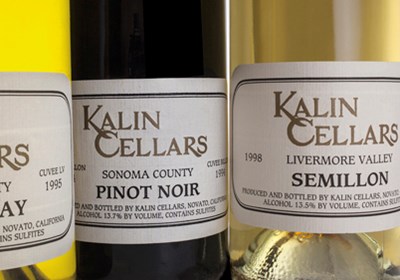
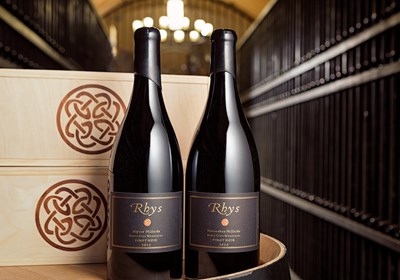
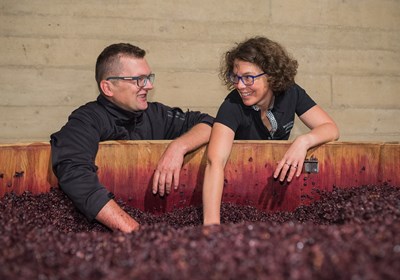

New discoveries, rare bottles of extraordinary provenance, limited time offers delivered to your inbox weekly. Be the first to know.
Please Wait
Adding to Cart.
...Loading...


By clicking the retail or wholesale site button and/or using rarewineco.com you are choosing to accept our use of cookies to provide you the best possible web experience.

